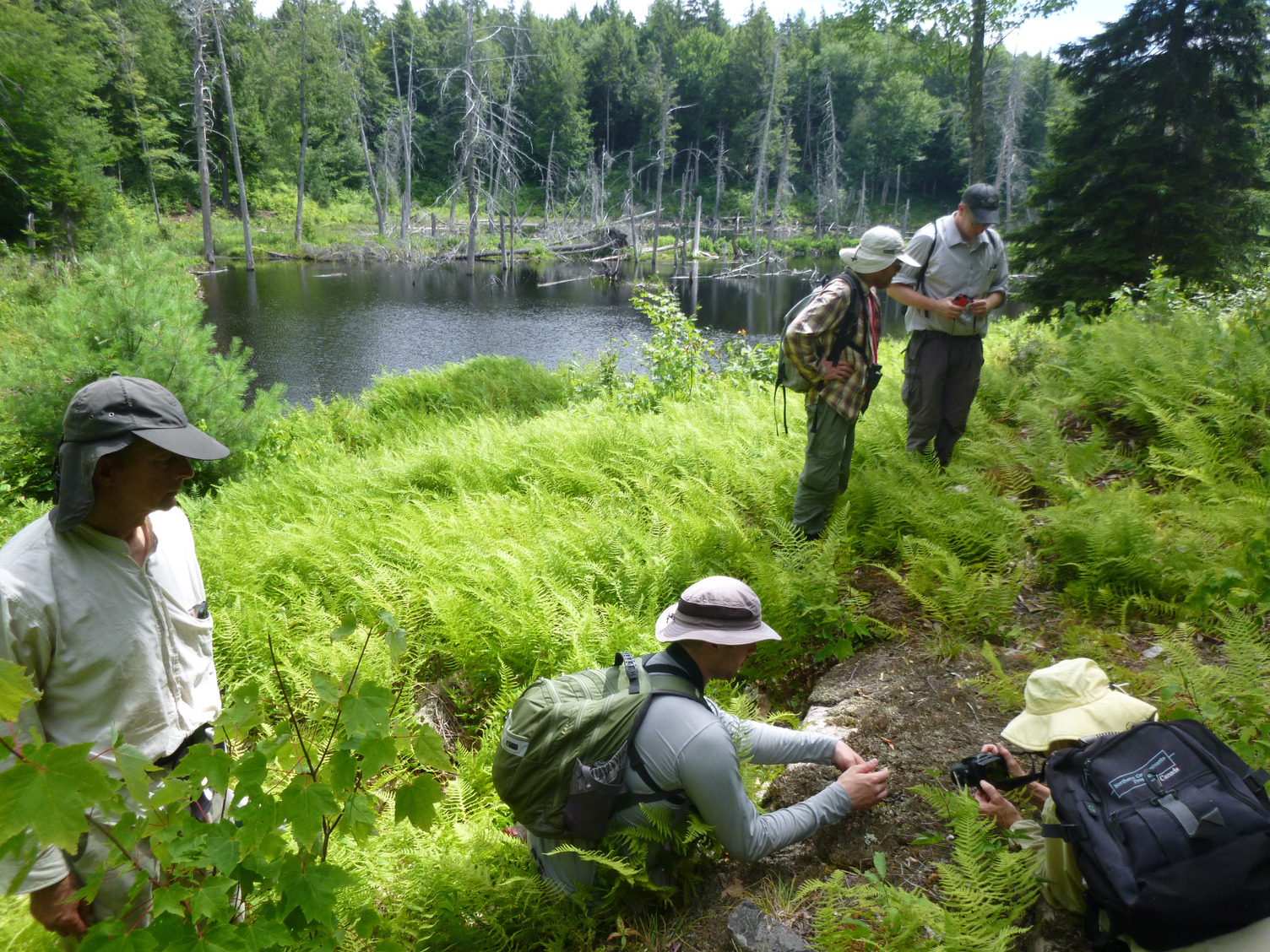Nature Conservancy Canada is getting ready for their annual event which will hopefully get people across the country out and about to help out researchers.
The 4th annual Backyard Bio-Blitz has people take out their phones to take pictures of local animals Between August 3 and 7.
Through the iNaturalist app, that data is then sent to researchers who can get a better look at the makeup of animal populations.
Nature Conservancy of Canada Engagement Manager Kayla Balderson Burak explains that the process doesn't need any expertise or pre-existing knowledge about animals.
“So when you take pictures and upload them to iNaturalist, there's a community of scientists who verify the identification of the species. So iNaturalist will give you suggestions based on the photo and you can kind of take a guess if you're not sure. Then people including NCC staff go in afterward and verify the identification."
"So it is 0 pressure, you can just have fun no matter where you are over the long weekend, off your back deck, at your favorite local park, or out at a Provincial Park or National Park, no matter where you are, no matter your skill level, you can participate and have fun with whoever you're with.”
She hopes anyone interested goes to the Backyard Bio-Blitz's website, which has info on how to register.
“Once you go to backyardbioblitz.ca and register, you will be emailed a step-by-step guide on how to participate, you'll get really neat tips and tricks on photography, and how to use iNaturalist so you are not alone," said Balderson Burak, "Do not feel intimidated. You will be getting tips and tricks every day once you sign up. So no matter where you are, whatever you see, look down, look up. It doesn't matter where you are, take pictures of everything you see around you.”
Plenty of pictures are needed for researchers, including of animals that may seem mundane at first.
“Even if you don't think something's important, you never know," said Balderson Burak, "It might be because rare species are sometimes documented that we didn't know where it was in a particular area. Invasive species are also really important for land managers to be monitoring the spread of weeds. Maybe you found a weed that's in the new area where it didn't use to be before, so don't second guess yourself. Just take pictures of everything and have fun.”













